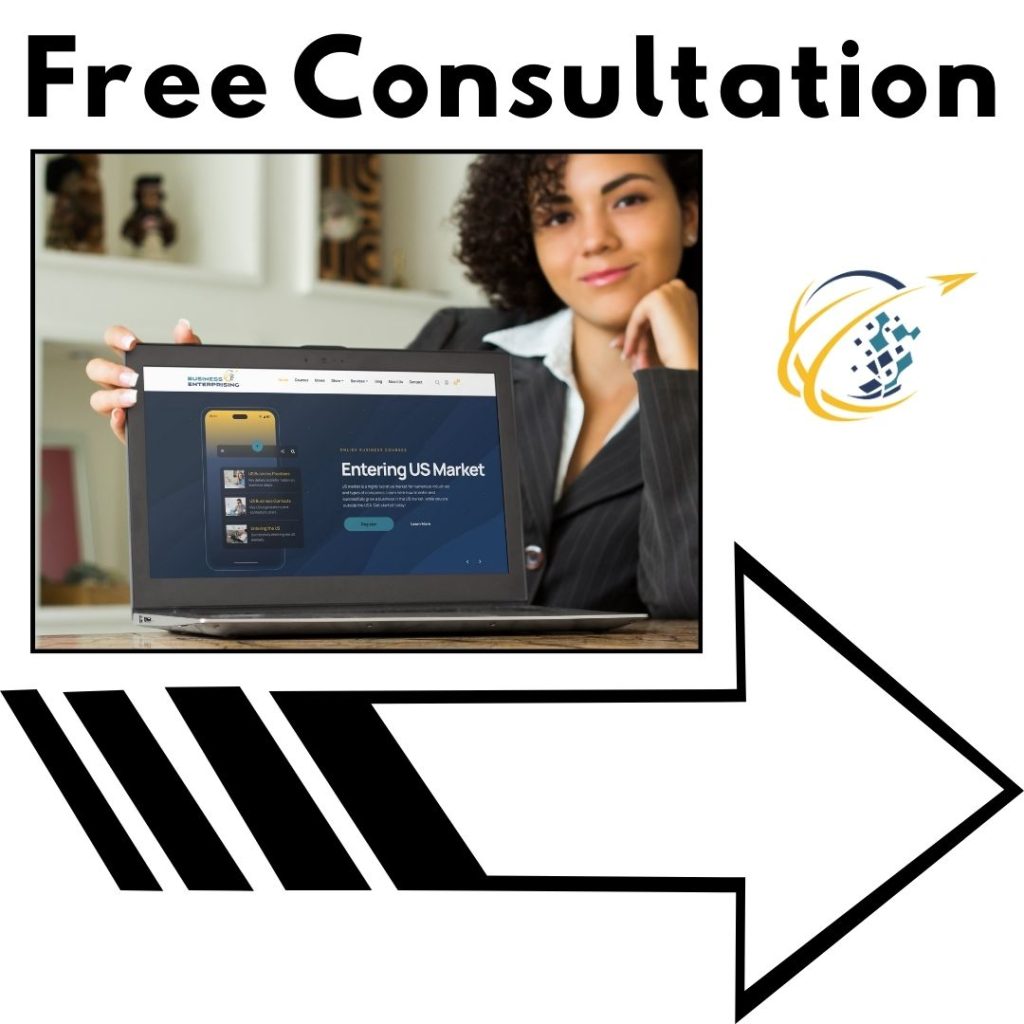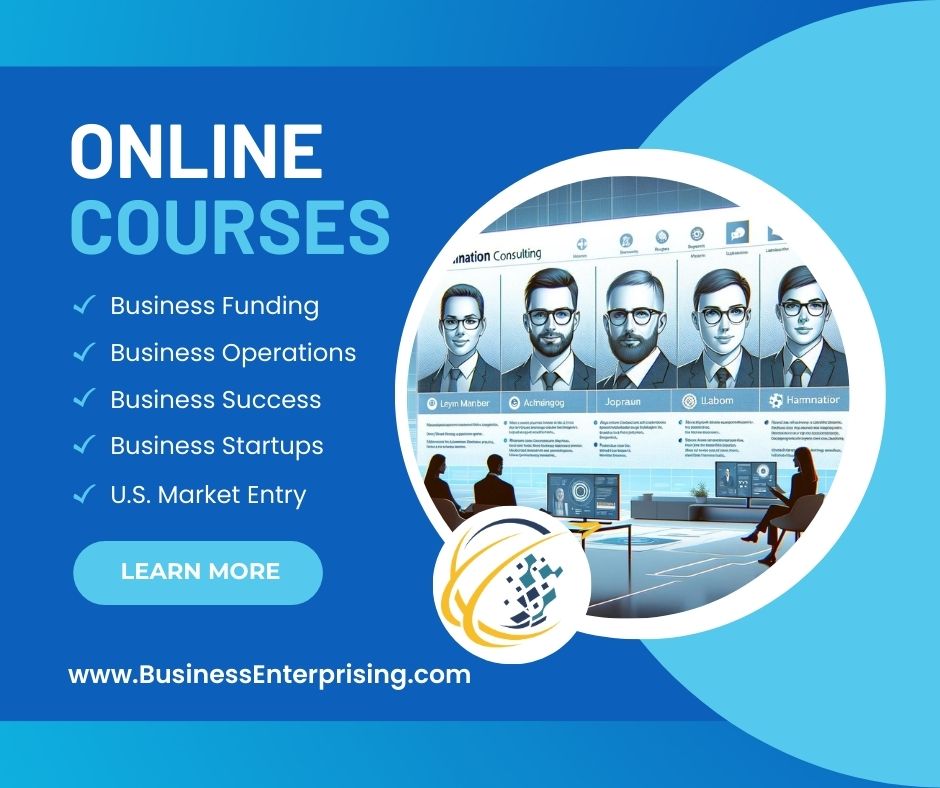Securing funding is essential for nonprofit organizations to carry out their missions and create lasting impact. Learning effective fundraising tips for nonprofit organizations can help leaders and teams develop strategies that not only raise funds but also engage donors, build community relationships, and support sustainable growth. In today’s competitive landscape, nonprofits must be strategic, creative, and persistent to meet their fundraising goals.
Why Effective Fundraising is Critical for Nonprofits
For nonprofit organizations, fundraising is more than just raising money; it’s about building long-term relationships with donors, partners, and supporters. Successful fundraising allows nonprofits to execute programs, deliver services, and expand their reach. Without a strong fundraising strategy, nonprofits may struggle to maintain financial stability, which directly affects their ability to serve their communities.
By implementing effective fundraising tips for nonprofit organizations, leaders can enhance donor engagement and increase financial contributions. Fundraising ensures that nonprofit missions remain active, visible, and impactful, while also reinforcing trust and transparency with supporters. Ultimately, a well-executed fundraising plan helps nonprofits achieve both their short-term and long-term goals.
Understanding Your Donor Base
One of the most important fundraising tips for nonprofit organizations is to truly understand their donor base. Donor segmentation, which involves dividing donors into groups based on factors such as donation history, interests, and engagement level, can help nonprofits tailor their communications and requests. When nonprofits know their audience, they can create personalized appeals that resonate with donors on a deeper level.
Understanding donors’ motivations is key to building stronger relationships. Donors give for various reasons, whether out of personal connection to a cause, desire for social change, or tax benefits. By acknowledging and addressing these motivations in outreach efforts, nonprofits can strengthen their donor relationships and increase the likelihood of repeat donations.
Additionally, nonprofits should utilize donor data to drive fundraising efforts. Data from previous campaigns, donation patterns, and engagement metrics can provide valuable insights. With the help of CRM systems or donor management software, nonprofits can track donor interactions, identify potential high-value donors, and customize outreach efforts.
Diversifying Fundraising Channels
Diversifying fundraising channels is crucial for nonprofits seeking to reach wider audiences and secure a steady flow of contributions. While traditional fundraising methods like direct mail and in-person events remain effective, nonprofits should also embrace digital tools and platforms. Digital fundraising offers flexibility, scalability, and the ability to engage donors across different locations.
Online fundraising campaigns, peer-to-peer fundraising, and crowdfunding platforms allow nonprofits to expand their reach. Social media channels, email newsletters, and website donation buttons make it easier for nonprofits to connect with potential donors and make the giving process convenient. Nonprofits should maintain active, engaging online presences to share their mission, highlight stories of impact, and encourage donations.
In-person events still play a vital role in fundraising. Galas, auctions, charity walks, and donor appreciation events provide opportunities to build personal relationships and engage donors in meaningful ways. Hybrid events, which combine online and in-person components, have gained popularity, enabling organizations to include both local and distant supporters.
Creating Compelling Appeals
Another essential fundraising tip for nonprofit organizations is the creation of compelling appeals. Donors respond to stories, emotions, and a sense of urgency. Nonprofits should craft appeals that are clear, concise, and aligned with their mission. A well-written appeal explains the organization’s impact, outlines the urgency of support, and provides a direct call to action.
Appeals should also include specific goals. Whether it’s funding a new program or covering operational expenses, donors are more likely to contribute when they understand how their donation will be used. Additionally, including testimonials from beneficiaries or success stories can illustrate the tangible difference a donor’s contribution makes.
For nonprofits engaging in digital fundraising, visual content plays a powerful role. Videos, infographics, and photos help bring the organization’s work to life, creating emotional connections with donors. Compelling visuals and impactful storytelling work together to motivate individuals to take action and support the cause.
Building Donor Relationships
One of the most important fundraising tips for nonprofit organizations is maintaining strong, lasting relationships with donors. Donor retention is as critical as acquiring new donors. By developing relationships based on trust, appreciation, and transparency, nonprofits can build a loyal donor base that continues to support their mission year after year.
Nonprofits should prioritize donor appreciation through personalized thank-you notes, phone calls, or public recognition. Regular updates on how donations are being used also show accountability and transparency. Donors appreciate being kept informed, as it reinforces their trust in the organization and deepens their emotional connection to the cause.
Additionally, nonprofits can enhance donor engagement by offering opportunities for donors to get involved in more than just giving. Volunteer opportunities, advisory roles, or participation in events can strengthen relationships and offer donors a sense of belonging to the organization’s community.
Measuring Success and Adjusting Strategies
For nonprofits, assessing the success of fundraising campaigns is essential. Regularly measuring key performance indicators (KPIs) such as donation growth, donor retention rates, and event attendance allows organizations to evaluate their strategies. Nonprofits should also seek feedback from donors through surveys or direct outreach, ensuring their fundraising efforts align with donor expectations.
Using data from fundraising campaigns helps nonprofits refine and improve future efforts. Analyzing what worked and what didn’t enables organizations to make data-driven decisions. If certain channels, messages, or strategies weren’t as effective, nonprofits can adjust their approach for future campaigns.
Fundraising is the lifeblood of nonprofit organizations, and learning effective strategies can make all the difference in achieving their goals. By understanding their donors, diversifying fundraising channels, creating compelling appeals, and building lasting relationships, nonprofits can secure the support they need to continue their important work. Measuring and refining fundraising strategies based on data ensures ongoing success and adaptability in an ever-changing landscape. By following these fundraising tips for nonprofit organizations, leaders can create sustainable fundraising models that help their missions thrive.


